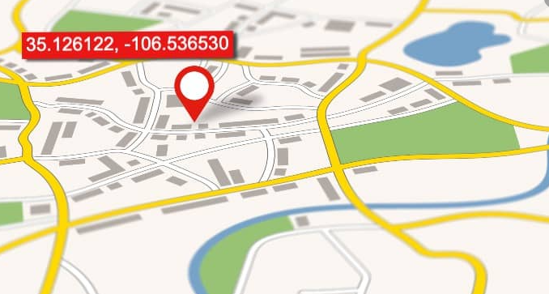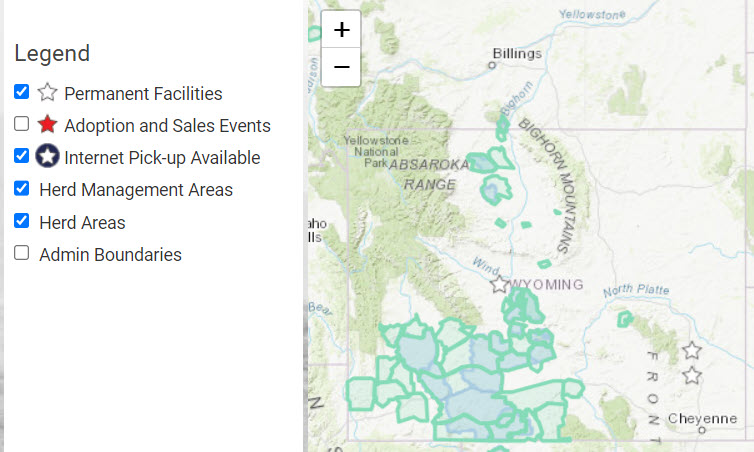ArcGIS Enterprise Database Solution: Modernizing Legacy Database Systems for Improved Analysis and Insights
Many companies struggle with outdated legacy database systems, data validation, and the ability to mesh data from multiple data sources. This creates doubts around data accuracy and hinders the organization’s ability to accurately analyze performance and make strategic decisions.
Challenge - Our customer was struggling with modernizing their tabular database system. The current system was a custom in-house solution that was over 30 years old. Major concerns around data integrity, database security, and solution sustainability were hampering the organization’s ability to trust its data and make accurate data-driven decisions
Solution - MBS evaluated the customer’s long-term goals and geospatial strategy and recommended a cost-effective solution to migrate the legacy database to a new GIS COTS solution. Rather than deploy an entirely new system, MBS migrated the legacy tabular database into an ArcGIS Enterprise Datastore.
Outcome – The ArcGIS Enterprise Database automated the data load/transform process from multiple data sources and provided a modern process for cleansing and validating data. The ability to automatically identify missing or invalid data from multiple data sources enabled the organization to shift focus from data validation issues to strategic value-add initiatives and operational improvements. Modernizing the system also allowed the organization to leverage modernized data security protocols and paved the way for future technology updates.
ArcGIS and Salesforce Integration: MBS GeoSync
Challenge - Our client required insights into their location-based Salesforce data. Most CRM systems contain data with a geographic reference. In this scenario, the customer needed to provide a method for end-users to access field data directly from the Salesforce application to view parcel sizes and calculate land fees.


Water Resource Tracking and Monitoring
Challenge - The customer is responsible for managing a water system that included dams, irrigation structures, power structures, and the associated assets used to support the system. They were coordinating over 170 different entities and projects without a unified tool stack or an enterprise-wide view of the system. MBS worked with the client to bring efficiencies and modern tools into play.
Merging AI and GIS into Predictive Modeling
Challenge - For Wireless Internet Service Providers (WISP’s) in rural locations, monitoring system usage and health is paramount. Outages result in costly interventions and man-hours to troubleshoot and remediate networks. While outages can be the result of hardware failure, the more common cause is weather-related incidents.

GIS Integration for a National Fluid Leasing Program
Challenge - While migrating GIS data from one legacy application into a GIS-enabled solution is difficult enough, collecting and collating data from diverse and non-unified sub-agencies of the same organization is problematic.
Solution - Faced with a piecemeal approach by eight separate sub-agencies and an assortment of data sources, MBS was brought on board to create a unified platform that allowed the client to coordinate the fluid leasing bidding process across all regions. Additionally, MBS integrated a traditionally oral bidding process into a more efficient online e-commerce capability.
Impact - The introduction of this GIS centric, unified solution enabled the client to view and manage data in a more efficient and effective manner, paving the way to maximize bid activity and bid price actualized.
Enabling Enterprise Geospatial Data Management
Challenge - Managing conservation efforts for a program that annually administers more than 1.3 billion dollars in grants to State and Territory resource agencies requires technology that can effectively track activities and report performance data.

Advancing Geospatial Infrastructure
Challenge - A federal agency needed a way to integrate and consolidate their many, disparate systems used to track environmental-related projects and activities across multiple programs.
Solution - MBS developed a web-enabled geospatial application which included solutions for users at remote, low-bandwidth offices and integrated mapping functions. The mapping functions required advanced geospatial capabilities such as a Service Object Interceptor (SOI) designed to help synchronize geodatabases and progress the ongoing GIS modernization effort to streamline interactions between applications, users, and the Esri platform.
Impact - Having one system of record eliminated the need to rely on multiple tools that captured the same data and helped increase efficiencies by reducing labor and costs.
